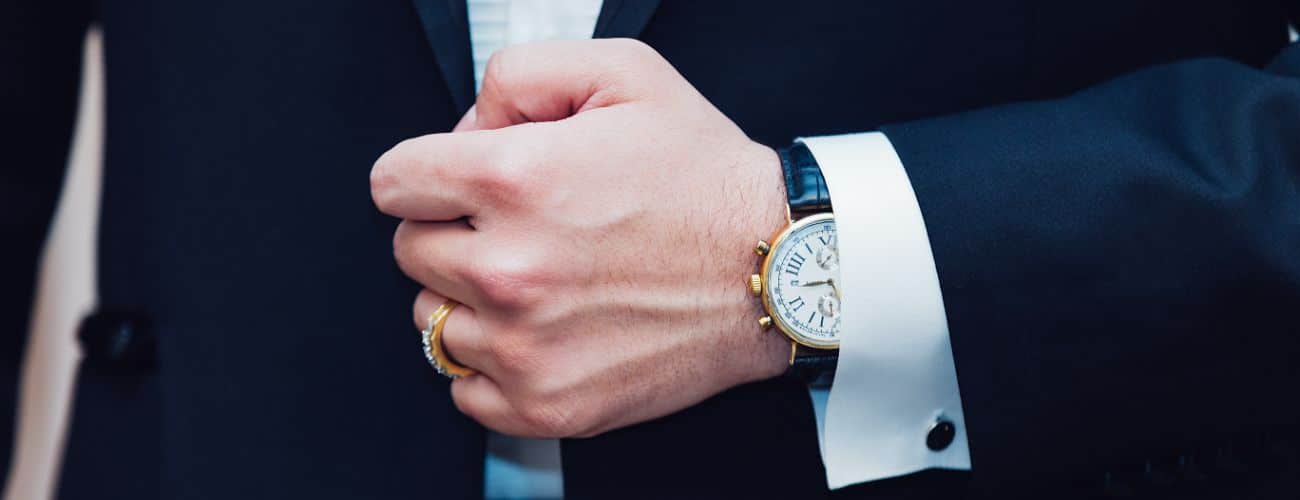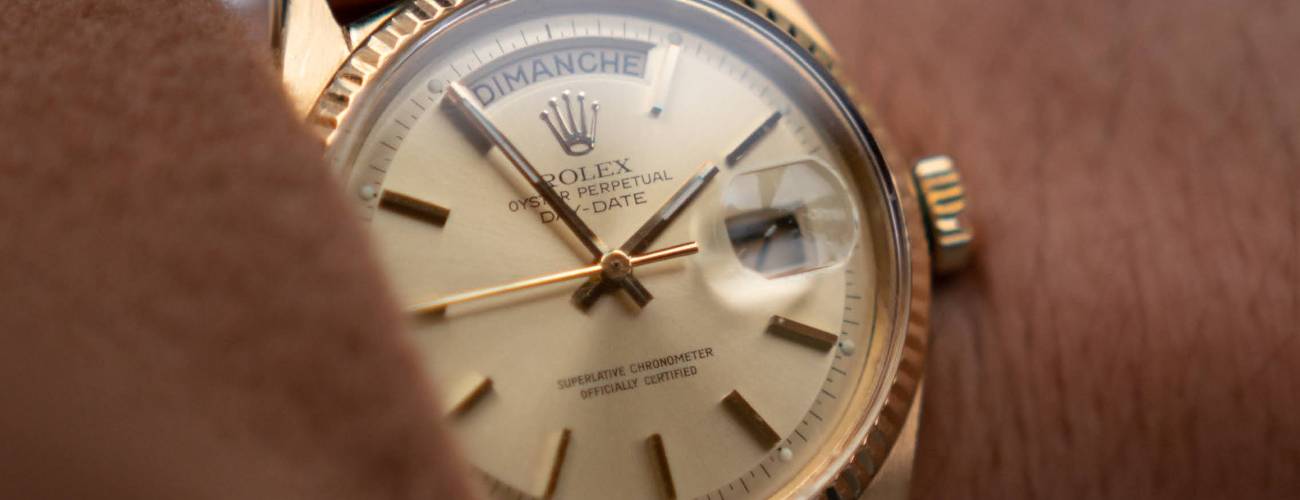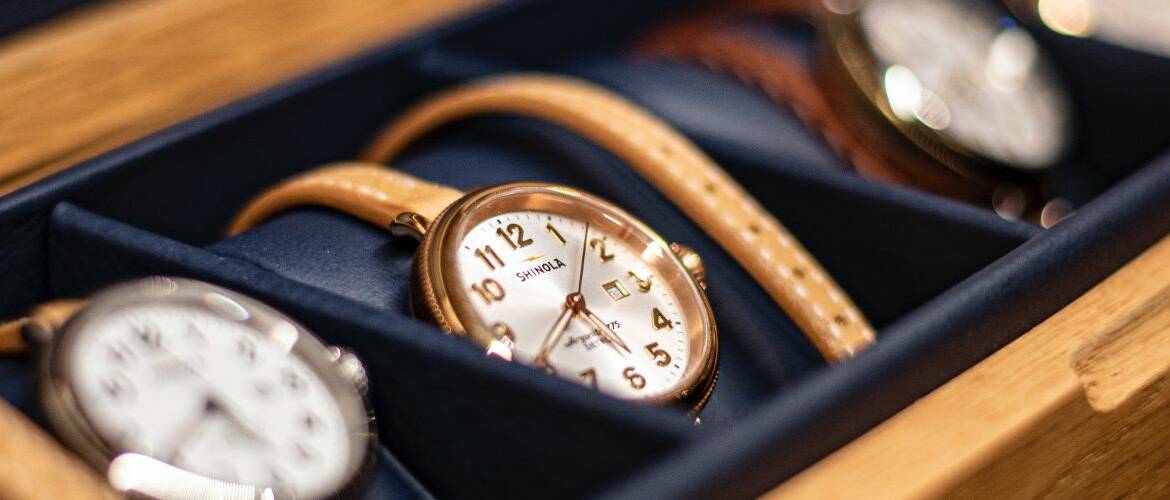Why Are Watch Prices Rising So Rapidly?
The demand for luxury watches has never been higher, with brands such as Rolex, Patek Phillipe and Audemars Piguet being targeted by collectors and watch enthusiasts. People have recently been choosing to invest their money into accessories such as luxury watches, and there’s been a steady increase in these timepieces for the past two years on a global scale.
Not only has the demand for these luxury watches increased, but so has the value, meaning that if someone has invested in the likes of a Rolex watch today, they could expect the resale value to be higher if they sell in the future. But what’s influencing the rise in prices? And why is it that today, more and more of us are keen to own a luxury watch?
Watch Pricing: A Brief History
Historically, watches have always been viewed as a symbol of status and style. Initially, wristwatches were regarded as an item of luxury, their prices reflecting the craftsmanship involved. Over time, as production methods evolved, prices began to democratise. However, the last couple of decades have seen a steep resurgence in the prices, particularly in the luxury segment.
Why Are Watch Prices Rising So Rapidly?
1. Brands are becoming more valuable
Brands such as Rolex and Patek Phillipe are synonymous with success and prestige, and more recently, these brands have been a symbol of class too. More and more people are interested in owning a timepiece from one of these brands, whether new or pre-loved, than a high street company. These brands have recognition as the most prestigious in the world and everyone, whether a collector or not, understands that these are respected brands with high quality products.
2. The pandemic affected buying behaviour
COVID-19 had a big impact on the luxury watch market and while we may have thought that being in lockdown would have reduced the demand for luxury accessories, the opposite turned out to be true.
Brands like Patek Philippe and Rolex saw a huge spike in demand for certain models, particularly in stainless steel styles, in large part because the pandemic meant people weren’t spending their money on other luxuries such as going out or holidays abroad. With entertainment venues closed, people had more disposable income to spend on luxury watches.
3. Scarcity of materials
With supply chain issues during the pandemic, which have remained today in many cases due to a range of factors, it has been harder for brands and manufacturers to produce products, which meant that getting hold of certain styles became more difficult. This increased the demand and prices of second-hand watches and vintage pieces from the luxury brands we know and love, and is one of the reasons why older pieces that are rarer and have that history behind them are desirable.

4. Marketing & social media content
Editorial content focusing on luxury watches has also helped to boost the desirability factor and demand for these accessories, making luxury brands feel more approachable for people. In particular, blogs and social channels such as Dimepiece focus on content that caters to women, a demographic that tends to be overlooked in the luxury watch market. By a broader market of people gaining interest in luxury watches, the demand for these pieces has increased which has pushed prices up.
5. Supply and demand
Something that heavily influences the value of an item is its supply and demand chain, and luxury watches are no exception. Rolex is an attractive option because it holds its resale value, but Patek and Audemars Piguet are also strong options – especially if you have a rarer model. Some of the most in-demand styles including the Rolex Submariner or the Rolex Daytona, the Patek Phillipe Nautilus or Patek Phillipe Calatrava, or the Audemars Piguet Royal Oak or Royal Oak Offshores, all of which are dependable options for resale value.
6. Improved levels of craftsmanship
No one wants to invest in a watch that requires constant repairs or maintenance, and that’s what makes luxury brands so appealing to a buyer – you have the confidence that you’re buying a lasting timepiece that will last for decades to come with the very best performance and movements. Brands such as Rolex are renowned for their quality, and the fact that people are still investing in vintage pieces today that work and can be worn as a functioning timepiece is evidence of this.
7. Rich histories
The leading watch brands that we associate with luxury timepieces are all brands we’ve been buying from for decades, with rich histories. Rolex was established in 1905, with Patek Philippe launching in 1839 and Audemars Piguet in 1875. These brands have a significant history, and it’s something that inspires people to choose to buy from long-lasting companies rather than new kids on the block, as they know that these brands are guaranteed to have a lasting impact and sustained value.
8. Advancements in technology
Technological advancements and innovations also play a part in driving up prices. Today’s timepieces aren’t just about telling time; they are a marvel of engineering. From self-winding mechanisms to tourbillons, from new age materials to smart features, watches have come a long way. Every new introduction invariably adds to the price, making watches costlier but undeniably more desirable.
9. Record-breaking sales in the secondary watch market
The secondary watch market, consisting of auctions and vintage sales, also plays a vital role in shaping price perceptions. Record-breaking sales of pre-owned timepieces set new precedents and add to the overall hype around watch prices.

Final Thoughts
As the passion for luxury timepieces increases around the world, more people are likely to invest in recognised brands, whether it’s Rolex, AP or another brand with equal prestige. Those who choose to invest in these brands aren’t likely to see their investments depreciate any time soon either. If you’d like more information on the value of your own luxury watches, get in touch with us.
Frequently asked questions
How does the supply and demand chain affect watch prices?
The principle of supply and demand is a fundamental factor that influences watch prices. Limited supply of popular models and brands, coupled with high demand, leads to increased prices. This is particularly true in the secondary market, where rare and sought-after models can command significantly higher prices.
What impact did COVID-19 have on the luxury watch market?
Interestingly, the COVID-19 pandemic saw a surge in the demand for luxury watches. With many people confined to their homes and travel and leisure spending reduced, disposable income was often redirected towards long-lasting luxury items such as watches.
What role does social media play in the luxury watch market?
Social media has been pivotal in making luxury brands more accessible and desirable to a broader audience. Platforms focusing on luxury watches have driven interest and demand, contributing to the rising prices of these coveted accessories.
Why does the level of craftsmanship affect the value of a watch?
High-quality craftsmanship ensures the longevity and performance of a watch, making it a durable investment. Brands known for their exceptional craftsmanship, such as Rolex and Patek Philippe, are sought after for their enduring value and minimal maintenance requirements.
How does a brand’s history influence the value of their watches?
Brands with a rich and long-standing history often command higher prices due to their proven track record of quality, innovation, and sustained value. They inspire trust and reliability in buyers, making them a preferable choice over newer brands.

